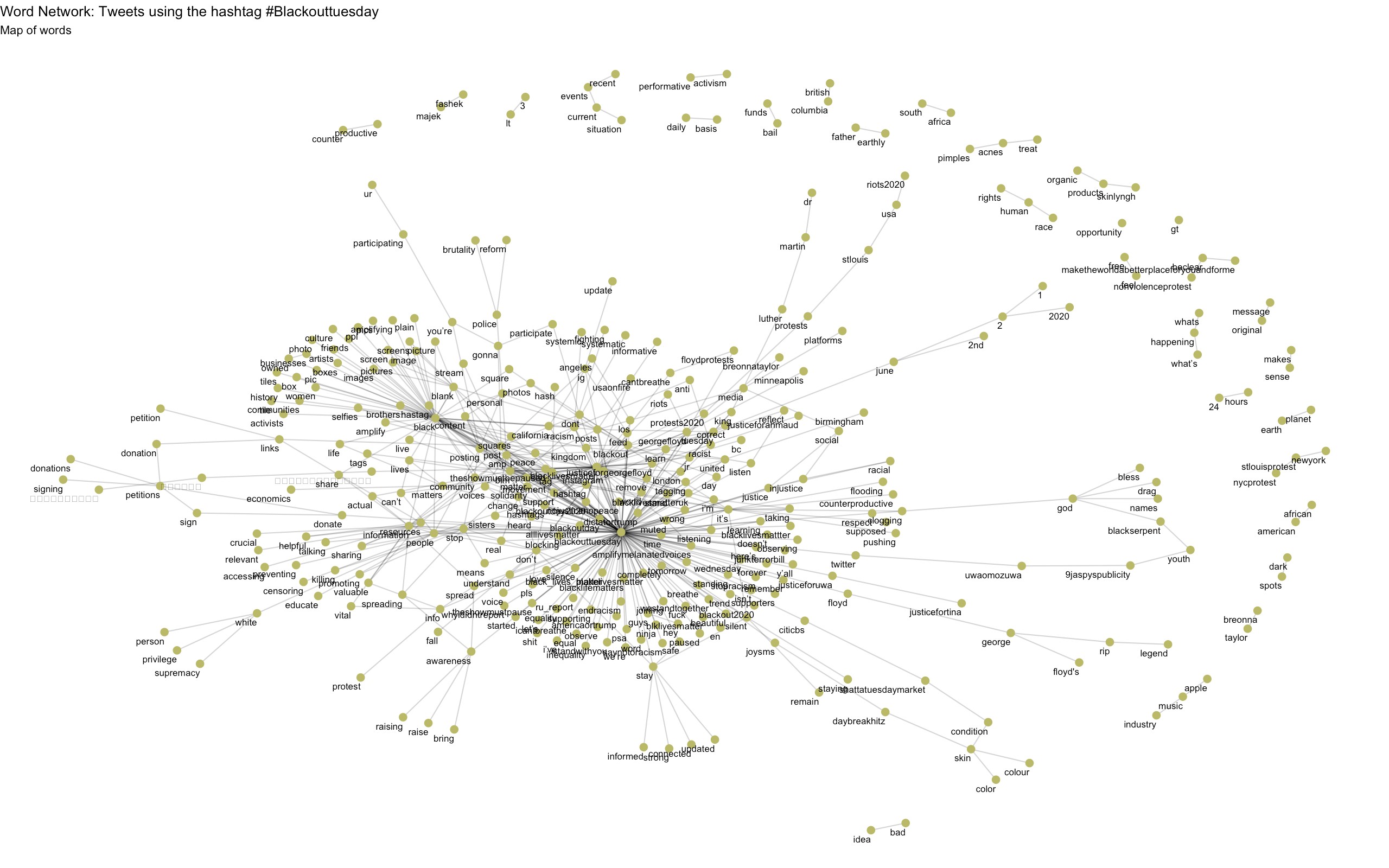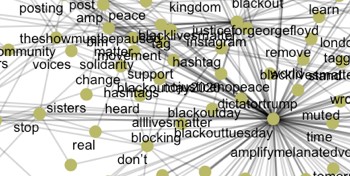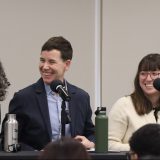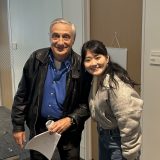#BlackoutTuesday An Analysis of the Hashtag
June 9, 2020
By Muhammad Karkoutli (’20), Babbie Center Research Fellow
On Tuesday, June 2, you may have noticed that social media was awash with black squares tagged with the hashtag #BlackoutTuesday – a response to the brutal murder of George Floyd in Minneapolis on May 25th.
Although these black squares expressed a range of messages, the #BlackoutTuesday movement was initially directed at the music industry under a different hashtag, #theshowmustbepaused. The hashtag, #theshowmustbepaused, was created by Brianna Agyemang and Jamila Thomas, two music executives, who intended the hashtag was to serve as a catalyst for conversation, reflection, and ultimately action to institute racial justice. Their mission is to “hold the [music] industry at large, including major corporations + their partners who benefit from the efforts, struggles and successes of Black people accountable.”
The #theshowmustbepaused was meant to pause and “disrupt” the music industry’s business activities – internal meetings, releasing new music, and streaming services – on Tuesday. In response, several artists and companies such as Apple Music pledged their support for #theshowmustbepaused. Spotify, a streaming platform, placed eight minutes and 46 seconds of silence on playlists – the amount of time that police officer Derek Chauvin’s knee was on Floyd’s neck.
However, it was the #BlackoutTuesday hashtag that gained currency. On Instagram, #BlackoutTuesday had 29 million posts whereas #theshowmustbepaused had 721,000 posts.
The virality of #BlackoutTuesday would spell controversy as more and more black squares would come to be tagged with #BlackLivesMatter. Soon, the feed for #BlackLivesMatter would be inundated and clogged with black squares which obscured the transmission of information amongst activists, organizers, and protestors.
In turn, this virality broadened the initial scope of #theshowmustbepaused and thus several different ideas were expressed with the hashtag #BlackoutTuesday. The word network analysis below is an attempt to visualize and map out the different ideas expressed with the hashtag in order to understand what patterns of words emerge. It is an analysis of 15,000 tweets that used the hashtag #BlackoutTuesday. Words that are closely clustered and linked together indicate a higher frequency of use.
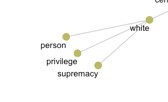 For example (left), the word “white” is linked with “person, privilege, supremacy” which indicates that these words were frequently used together with #BlackoutTuesday.
For example (left), the word “white” is linked with “person, privilege, supremacy” which indicates that these words were frequently used together with #BlackoutTuesday.
The words, “performative” and “activism”, were also used frequently together which  suggests that Twitter users were critiquing the use of #BlackoutTuesday.
suggests that Twitter users were critiquing the use of #BlackoutTuesday.
Below we can see that “theshowmustbepaused” is present in the word network.
However, it is buried under a series of other words – a metaphor for how the #theshowmustbepaused was eclipsed by #BlackoutTuesday on June 2nd. This may not be a cause for concern for Agyemang and Thomas as their movement, #theshowmustbepaused, was not intended to be “just a 24-hour initiative” but rather, they write that their movement “will be in this fight for the long haul.”


